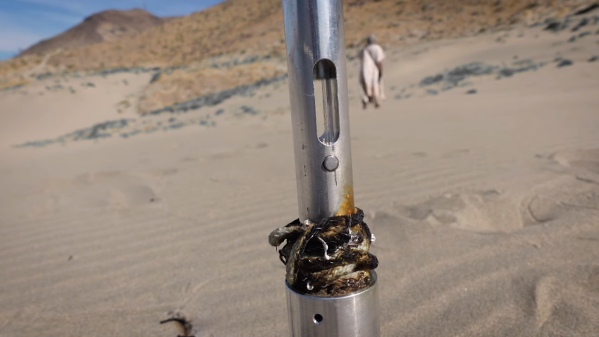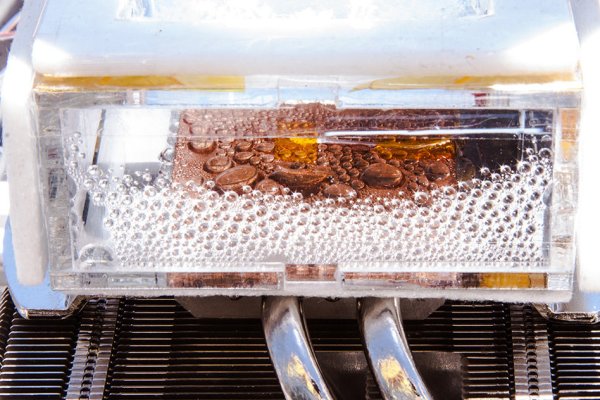Never underestimate the power of fandom to obsess over the smallest details of its chosen canon. We say that with all due respect, of course, as some of the builds that result are really cool, like this working Fremen thumper from the Dune universe.
If you aren’t up to speed on [Frank Herbert]’s sci-fi epic, the Fremen are a warrior race that populates the sands of the desert planet Arrakis, which is inhabited by giant sandworms. The worms are attracted to vibrations, and thumpers are supposed to be mechanical devices set into the sand to lure worms. Thumpers are only vaguely described in the text, and have been imagined to varying degrees of success in the filmed versions of the story.
[Attoparsec] decided to take a stab at a working version, with the twist of making it plausible within what’s known about the Fremen in the stories. He settled on a pneumatic drive, which seems like something the Fremen would use. Using compressed CO2 cartridges, he discovered that it’s far easier to make a high-speed pneumatic vibrator than it is to make a piston move slowly up and down. Several iterations were needed to get to a mechanism capable of the more stately movements seen in any of the film versions of the story, and even then the thumping seems a bit fast for our liking. The triggering mechanism was very cool, though, and somewhat unexpected — [Herbert] describes “lighting the candle” to trigger a thumper, which led to the use of a thermal pressure relief valve and a fuse.
The video below goes over the design and build in some detail, as well as demonstrates the thumper in action with a clever cosplay bit. Hats off to [Attoparsec] for this dive down the fandom rabbit hole, maybe a faithful version of the “pain box” will be next up on the project list.













